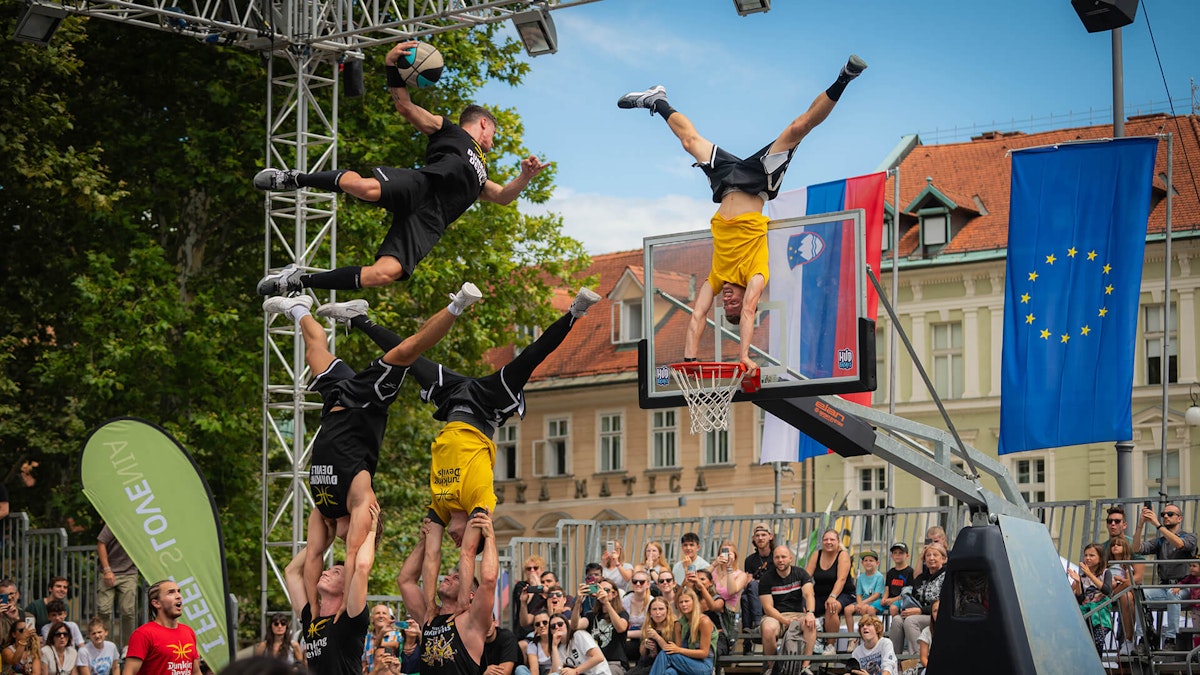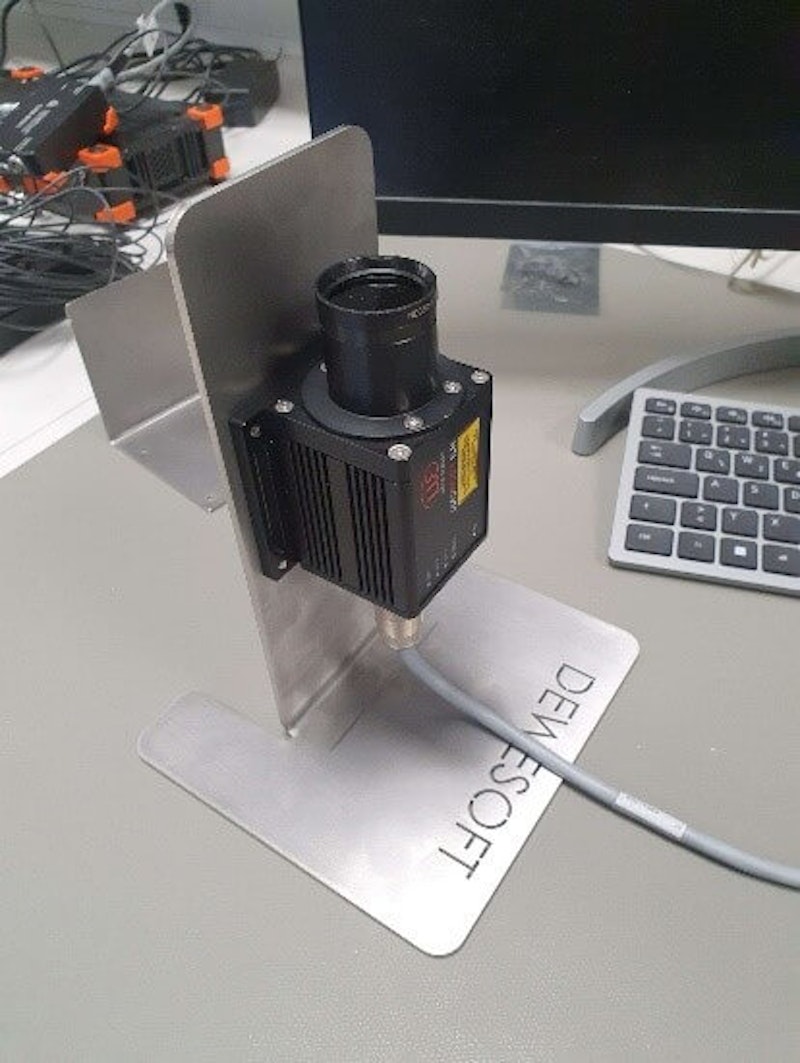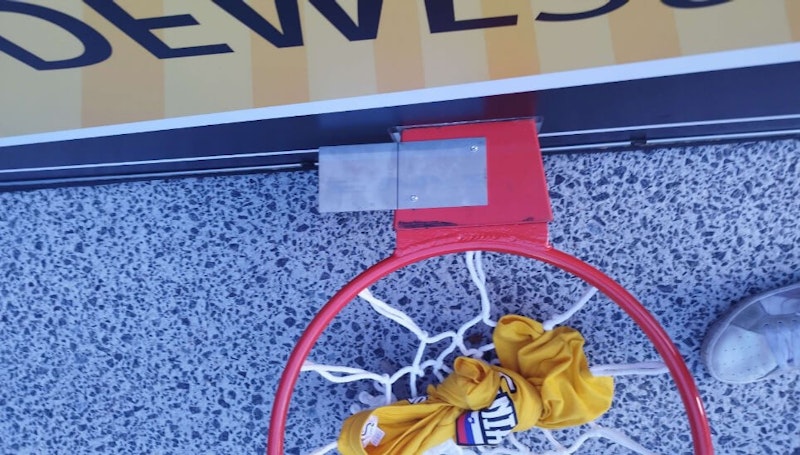Table of contents
Browse categories
Browse authors
 AB
ABAlberto Boffi
 AL
ALAlessia Longo
 AH
AHAl Hoge
 AB
ABAljaž Blažun
 BJ
BJBernard Jerman
 BČ
BČBojan Čontala
 CF
CFCarsten Frederiksen
 CS
CSCarsten Stjernfelt
 DC
DCDaniel Colmenares
 DF
DFDino Florjančič
 EB
EBEmanuele Burgognoni
 EK
EKEva Kalšek
 FB
FBFranck Beranger
 GR
GRGabriele Ribichini
Glacier Chen
 GS
GSGrant Maloy Smith
 HB
HBHelmut Behmüller
 IB
IBIza Burnik
 JO
JOJaka Ogorevc
 JR
JRJake Rosenthal
 JS
JSJernej Sirk
 JM
JMJohn Miller
 KM
KMKarla Yera Morales
 KD
KDKayla Day
 KS
KSKonrad Schweiger
Leslie Wang
 LS
LSLoïc Siret
 LJ
LJLuka Jerman
 MB
MBMarco Behmer
 MR
MRMarco Ribichini
 ML
MLMatic Lebar
 MS
MSMatjaž Strniša
 ME
MEMatthew Engquist
 ME
MEMichael Elmerick
 NP
NPNicolas Phan
 OM
OMOwen Maginity
 PF
PFPatrick Fu
 PR
PRPrimož Rome
 RM
RMRok Mesar
 RS
RSRupert Schwarz
 SA
SASamuele Ardizio
 SK
SKSimon Kodrič
 SG
SGSøren Linnet Gjelstrup
 TH
THThorsten Hartleb
 TV
TVTirin Varghese
 UK
UKUrban Kuhar
Valentino Pagliara
 VS
VSVid Selič
 WK
WKWill Kooiker
Measuring Guinness Record-Setting Trampoline Dunking

November 24, 2023
At the acrobatics and trampolining event, Odbito in Slovenia, members of Dunking Devils aimed to set a new Guinness record combining trampoline jumping and basketball dunking. Dewesoft measurements verified the new record for the highest dunk from a small tarp.

A few years ago, Dewesoft established a cooperation with Dunking Devils. Together, we have, since then, done quite a few exciting applications, measuring parameters while they performed acrobatic stunts.
A new opportunity to join forces arose during the Dunking Devils' preparation for one of their most prominent events this year, the Odbito. This acrobatic trampolining and basketball event happened in the central Congress Square in the Slovenian capital, Ljubljana.
The Dunking Devils asked us to measure the basket hoop height - and verify an attempt to set a new Guinness record. However, we added some vibration measurements to calculate the acrobats’ time in the air.
“Guinness World Records”, or “The Guinness Book of Records”, was first published in 1955 and is an annually published British listing of all sorts of world records in human achievements and natural world extremes.
The Dunking Devils has attempted and achieved more such Guinness World Record titles. In 2016, the Slovenian Maks Veselko made the highest forward flip trampoline slam dunk, 3.55 meters (11.64 ft). In 2022, Jaka Komloš made the farthest forward flip trampoline slam dunk. The previous record was 8.10m, and Jaka did 8.33m but the confirmation from Guinness World Record is still pending.
The Dunking Devils
Dunking Devils are world-famous acrobats with more than 2,000 live performances in 50 countries under their belts. In addition to their Guinness World Records, the Dunking Devils are two-time world champions in acrobatic dunking.
The group’s road to success began in 2004 when four friends passionate about acrobatic dunking decided to bring their love of this sport to the world. Today, the group has grown to a team of over 70 acrobats, of which 25 are professional performers known for energetic and acrobatic dunk shows. Their viral videos on the Internet have more than 100 million views worldwide.
In 2013, the Dunking Devils opened an acrobatics center to teach and inspire younger generations. Since December 2017, their home has been WOOP! Ljubljana - the biggest trampoline park in Slovenia.
Odbito - trampolining and acrobatics
This year, the Dunking Devils decided to go for a new record with the highest dunk ever from a trampoline. Though such height measurements are fairly simple, they here needed a very accurate and precise measurement of the basket hoop position.
The trampolines used in this event were created by the Slovenian company Elan Inventa d.o.o. in cooperation with the Dunking Devils. The small trampoline, the frame is 115 x 115 cm, Elan Jumpster, is manufactured following the applicable standards SIST EN 13219 and SIST EN 913. Its size and wheels on the side make it easy to move the trampoline around, and the dismantled trampoline is well suited for transport in private vehicles.
The setting was the innovative sports and entertainment event, Odbito na Ljubljanica. An annually recurring adrenaline-pumping summer-happening for lovers of acrobatics and trampolining. This year, on August 6, this mix of show, competition, and exhibition took place in Congress Square in central Ljubljana.
At the event, basketball and trampoline masters from Slovenia, Europe, and America joined the 5th World Championship in acrobatic dribbling, an acrobatic basketball world cup, and an Olympic trampoline competition – and attempts to set a new Guinness record.
Sadly, Odbito this year was special in more ways. All winners gave up their cash prizes in favour of those affected by the August floods in Slovenia. Also, the acrobats paid a special homage - 43 attractive passes and a final dunk - to Peter Kokalj, a colleague who was tragically lost in a fatal trampoline accident last year.
Measuring trampoline dunks
We tested and approved the measurement setup on the event site before it all started but still had some issues with the excitation of the 3-axial accelerometer - typical for demos, the guys said.
We measured and stored all jumps but had some problems with the airtime measurements. Different issues affected the scenario:
It was hard to fix the hoop backboard tightly. It was somewhat unstable, moving, and oscillating, and we had difficulties detecting the appropriate peak signals.
On some occasions, the acrobat didn’t touch the hoop.
Several trampolines were in use - and we hadn’t managed to equip all with accelerometers.
Given these challenges, we, in the end, calculated the airtime subsequently using the DewesoftX Cursor Math module. The cursor module allows users to interactively search for level crossings in analysis and find local minimums or maximums of channels.
We calculated the airtime by utilizing our sensors on the trampoline during successful jumps, where the acrobat made contact with the board. This contact generated a high enough impulse in the board's vibration to meet the criteria we needed for the calculation. We successfully determined the airtime for all completed dunks.
The measurement setup
Equipment used:
Optical (laser) sensor: optoNCDT ILR2250 (Resolution 0.1 mm, Linearity < ±1 mm), sensor holder. Optical sensor was kindly provided by a Slovenian company TipTeh.
Measuring device: SIRIUS-2xACC+-6xLV, connection to LV channel
Adapter for connecting the sensor with the current output (DSI-20mA)
A metal plate screwed into the basket
Two 3-axial accelerometers with 20m cables


We screwed the optical sensor into a holder to ensure stillness relative to the whole structure. We connected the sensor to the low voltage channel of the SIRIUS measuring device, using an adapter converting the sensor’s current signal into a voltage signal.
Additionally, we attached two accelerometers, one glued onto the leg of the trampoline from which the acrobats were jumping and the other to the backside of the backboard close to the hoop mounting.
Before every jump, the hoop was positioned and the height was measured with the optical sensor. We also measured the distance to the tile with this sensor and calculated the final distance relative to the offset based on the mounted optical sensor.
Airtime measurements
When the height was measured, we latched the value within the DewesoftX, and the acrobat could start with the dunk attempt - the acrobat ran to the trampoline, jumped on it, and then tried to dunk the ball into the hoop.
During this, we measured the vibration on the leg of the trampoline, and within this signal, we noted the value at the moment when the acrobat jumped off the trampoline.
After setting off the jump, the acrobat performed the dunk. Here we measured the vibration on the backboard and searched for the signal’s first peak indicating the time of collision between the hand and hoop.
Only jumps including the dunk qualified. Each participant had four tries and all measurement results were displayed on a large screen at the arena. The two Slovenian Dunking Devils, Tadej Ambrožič and Luka Lorenčič, became record-setters dunking from heights of 5.005 meters.
| Attempt | Height [m] | |
|---|---|---|
| 1 | 4.049 | PASS |
| 2 | 4.667 | PASS |
| 3 | 4.792 | PASS |
| 4 | 5.005 | PASS |
Conclusion
Our height measurements validated the results and are now included as proof of setting the world record in the application to Guinness.
Murphy's First Law says: "Anything that can go wrong will go wrong." However, not all went wrong, and the lesson learned is: Never fear, but always respect the demo effect!
Due to the problems with hoop stability, no hoop touch jumps, and exchanging trampolines, we had to remove the airtime indication from the big screen during the performance. However, we still recorded raw data and got the results. Post-processing and recalculation are some of the many perks of DewesoftX - and this is what saved the day!